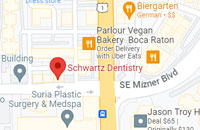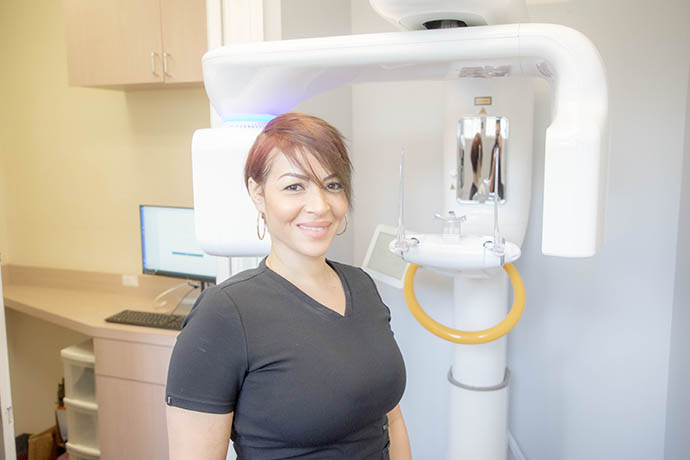Doctor Wolf Schwartz Talks about Restorative Dentistry
There are many reasons. Besides the disease and infection and the danger of infection, cause your teeth are near your brain. To the pain factor, discomfort that the patient has to have, be functional of the patient so they can eat, manage to get their food properly. And of course there’s aesthetics, which is very important for a lot of people.



